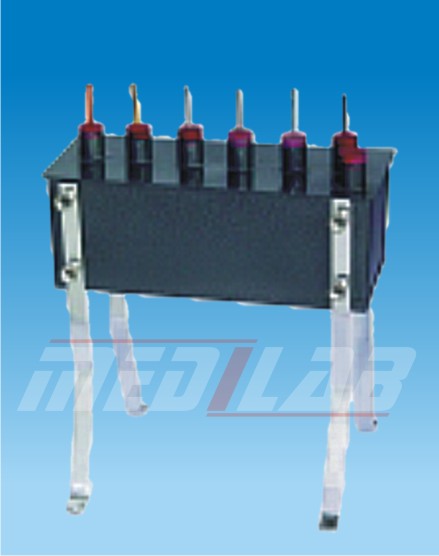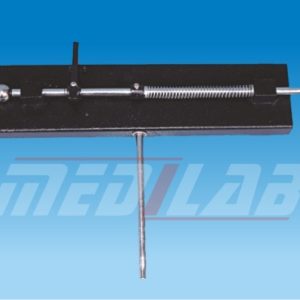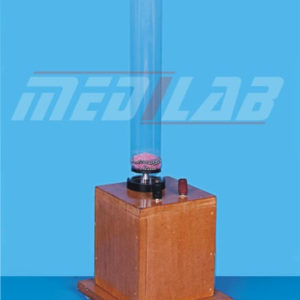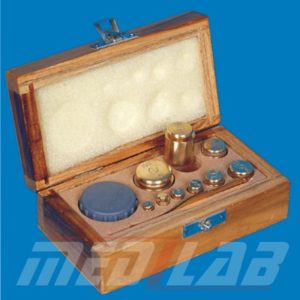Description
The Ingen Hausz Apparatus is a laboratory instrument used to investigate the process of photosynthesis. It consists of a glass chamber that contains a small aquatic plant, such as Elodea or Cabomba, and a light source. The chamber is filled with a solution of water and sodium bicarbonate to provide carbon dioxide for the plant, and the oxygen produced by photosynthesis is collected in a small inverted graduated tube that is connected to the chamber by a rubber tube.
As the plant photosynthesizes in the presence of light, it produces oxygen, which bubbles out of the plant and is collected in the graduated tube. The rate of oxygen production can be measured and used to calculate the rate of photosynthesis. The Ingen-Housz Apparatus is named after Jan Ingenhousz, an 18th-century Dutch physician and scientist who first discovered the process of photosynthesis in plants.







